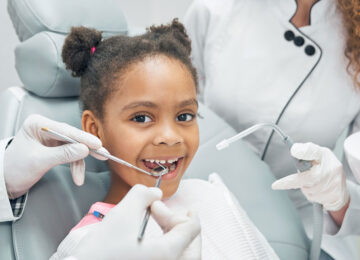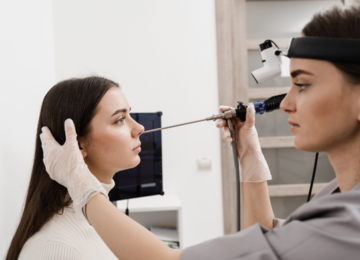A plethora of people living in New York suffer from more complex misalignment problems, and alternatives like Invisalign sometimes fail to give the desired results. In such cases, traditional braces come to the rescue. Traditional braces are pretty prominent in the field of orthodontic treatments to correct numerous misaligned teeth and jaw problems.
Such braces provide significant long-term benefits for aesthetics and dental health, but what comes along are some notable challenges. Learning how to overcome such challenges is vital for anyone who is undergoing any orthodontic treatment with traditional braces.
The best way to comprehend the pros and cons of any treatment is by having a proper consultation with dental care in Murray Hill and availing the appropriate guidance.
Hindrance in Maintaining Dental Hygiene
Traditional braces have metal brackets that are bonded to the teeth and connected by wires. The structure of conventional braces is complex and creates numerous minute regions where plaque and food particles accumulate. The basic or primary challenges associated with traditional braces include:
Plaque Accumulate Easily
The metal wires and brackets make it easier for plaque to gather around the teeth, which maximizes the risk of gum disease and tooth decay.
Face Difficulty in Cleaning Properly
The brackets and wires of traditional braces obstruct the daily dental cleaning routine, affecting basics like brushing and flossing, making it harder to remove plaque and food particles effectively.
Possibility of Developing Gingivitis is Increased
People with traditional braces find it difficult to maintain optimal dental hygiene levels, which then results in gums getting inflamed and gingivitis. If it is left untreated, it takes a more severe form of periodontal disease.
Likelihood of White Spots Surfacing
When plaque accumulates on the teeth’ surface for an extended period, it results in demineralization of the enamel, causing white spots that are difficult to get off after the braces are removed.
Dental Hygiene Techniques for Effectiveness

Traditional braces pose some challenges, which is undoubtedly true, but with the proper techniques and careful efforts, maintaining good dental hygiene is attainable. Let us have a look at some effective practices:
Brush at least Twice a Day
Brush your teeth twice daily with a soft-bristled toothbrush and fluoride toothpaste. An interdental brush can also help clean around the wires and brackets more effectively.
Floss Once Every Day
Flossing with braces on is undoubtedly tricky, but numerous tools, such as orthodontic floss or floss threaders, make it easier to clean under the wires and right between the teeth.
Rinse with Mouthwash
Fluoride or antimicrobial mouthwash can be utilized to minimize plaque buildup and stiffen the enamel, acting as an extra layer of protection against gum disease and cavities.
Pay Regular Visits to a Dentist
Visiting the dentist regularly for check-ups is more like a necessity because a dentist assesses dental health, performs professional dental cleanings, and gives suggestions that cater to specific needs.
Diet Needs to be Taken into Consideration
Foods that are sugary, sticky, and hard need to be avoided or limited because such foods often get stuck in the brackets and cause damage to the braces. Go for a more balanced diet with a plethora of veggies, fruits, and dairy products included to support not merely dental health but overall health.
Patient Testimonials and Experiences
Numerous patients shared experiences with traditional braces and their impact on dental hygiene in general. Such stories often shed light on the difficulty faced in the initial period with conventional braces when people were trying to adapt to the new cleaning routines.
Still, the emphasis was put on the significance of persistence. Patients note improvements in dental health and the great satisfaction of eventually attaining a straight, healthy smile.
Role of Orthodontists and Dentists!
Orthodontists and dentists play an important role in assisting patients in maintaining dental hygiene when they undergo orthodontic treatment. Regular visits ensure that any underlying problem is detected and dealt with early. They also provide the correct guidance on best practices to ensure that dental health remains good.











